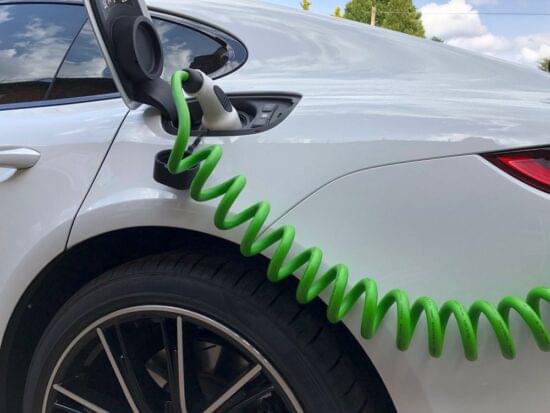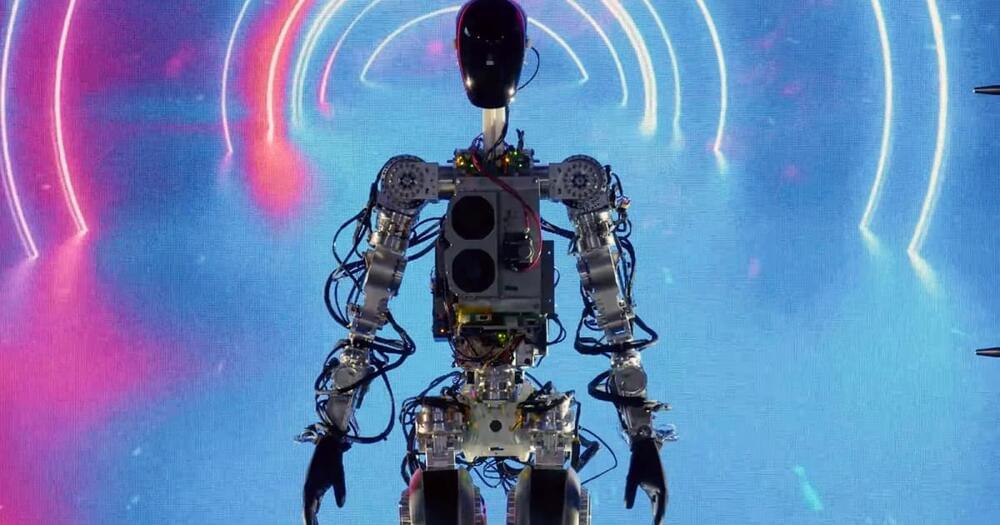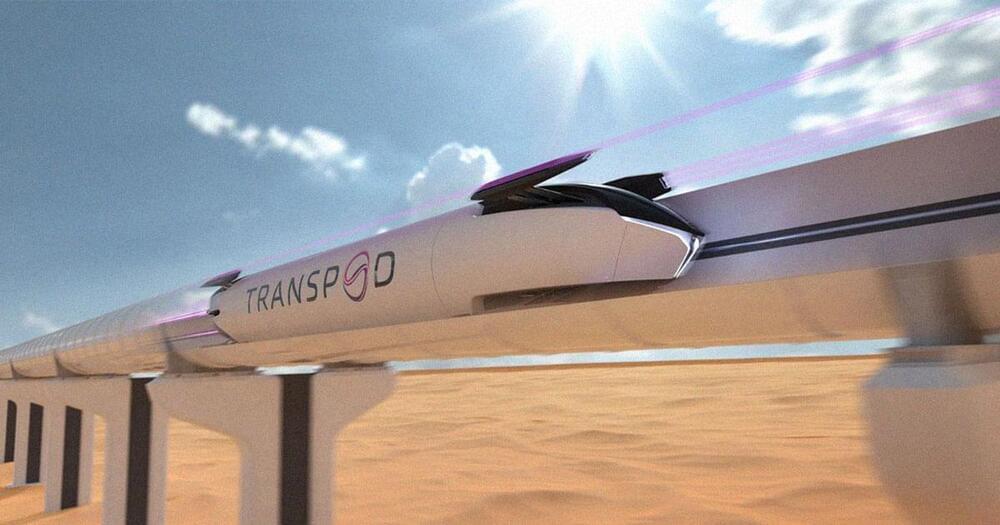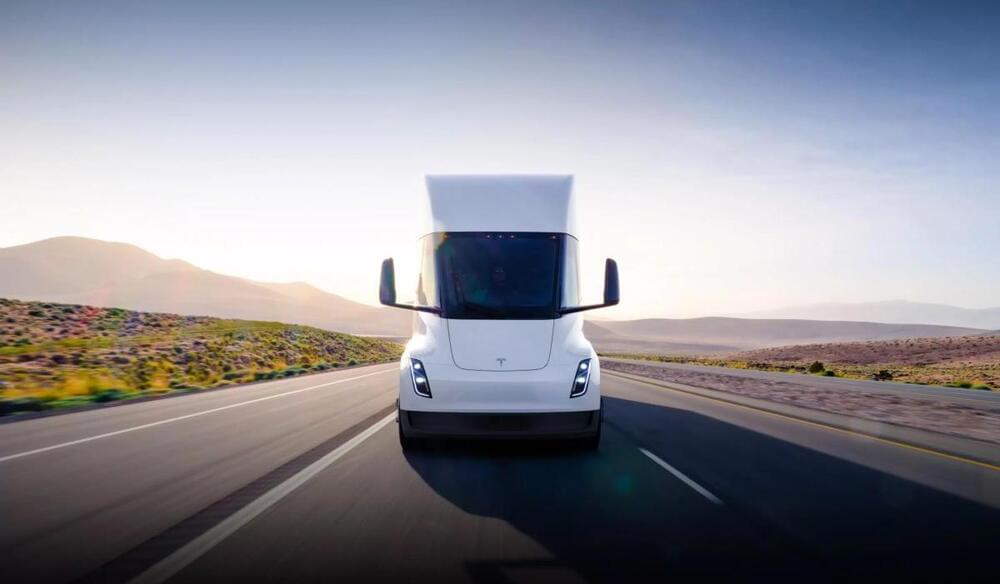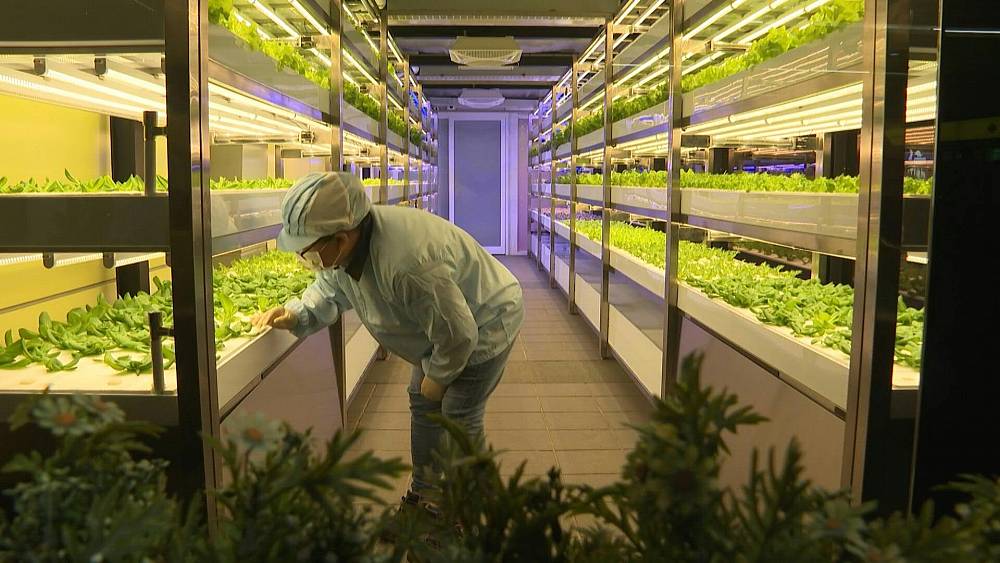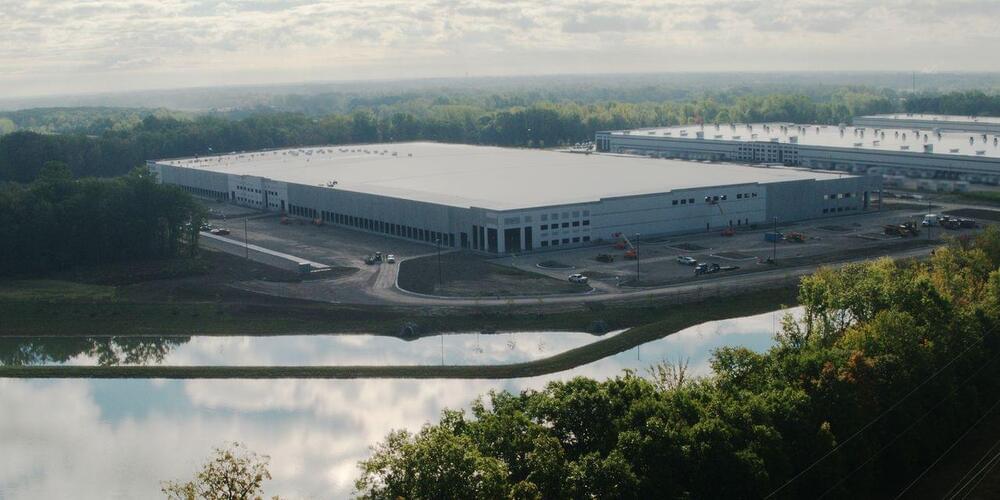Oct 8, 2022
NASA May Have A Way To Recharge Electric Cars In Less Than Five Minutes
Posted by 21st Century Tech Blog in categories: sustainability, transportation
A technology developed for use in space may turn out to be a breakthrough for the electric vehicle industry making 5-minute recharges possible.
FBCE which stands for flow boiling and condensation experiment is a space technology that may soon be incorporated into EV charging cables.
